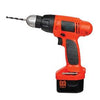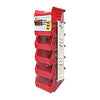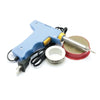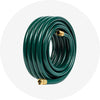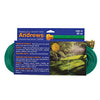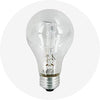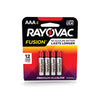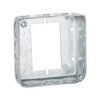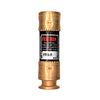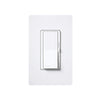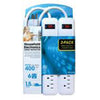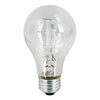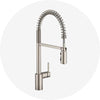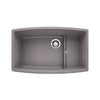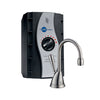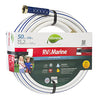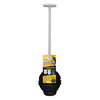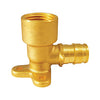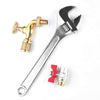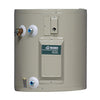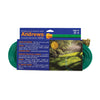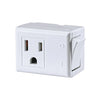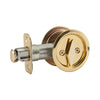Guide for general doorbell installation instructions
∙ min read

A doorbell is an electromechanical or electronic device that generates an audible sound or signal when activated. Its primary purpose is to alert the residents of a house or building of the arrival of visitors or packages.
A home doorbell can have different sounds, from simple and traditional to melodic tones. Some modern doorbells also include additional features such as camera integration, wireless connectivity, or the ability to adjust the volume and melody.
Considerations Before Installation
Although today's doorbell installation kits come with instructions for proper installation, there will always be people who have doubts and need a professional to advise them or install the device directly. However, even professionals must consider the following aspects:-
Voltage and doorbell type: doorbells can operate on direct current (DC) or alternating current (AC). It's essential to know the type of doorbell you're using and the voltage range required to ensure it matches the available power source.
-
Voltage converter: home doorbells usually require a voltage converter to convert high-voltage power (such as 120V AC) to a lower and safer voltage for the doorbell.
-
Electrical Connections: it's important to understand how the various components of the doorbell are connected. Typically, there is a doorbell unit on the outside of the house and a transformer or chime on the inside.
-
Types of doorbells: there are different types, such as traditional ones with a mechanical chime, electronic ones with a speaker, wireless ones, or those connected to the electrical grid. Familiarize yourself with the features of each type to recommend the most appropriate one based on the customer's needs and preferences.
-
Maintenance and troubleshooting: as a professional, you should be prepared to perform regular maintenance on home doorbells, such as cleaning contacts or replacing batteries on wireless models.
General Steps to Install a Ringing Doorbell
- Identify the electrical service: before starting the installation, ask the homeowner or apartment owner about the main electrical supply and make sure the power is turned off.
- Select a location: ask the owner for their preferred location and make sure it is suitable and stable.
- Mount the Doorbell: attach the doorbell mounting plate to the selected surface.
- Wiring Connection: connect the doorbell wiring to the home's electrical system. It is recommended to use 22 gauge electrical wire.
-
Electric doorbell with transformer
-
Wireless Doorbell
-
Mechanical doorbell
Remember that this is a general procedure, and the exact specifications and steps may vary depending on the type and model of your doorbell. Always refer to the manufacturer's instructions.
Remember that this is a general procedure, and the exact specifications and steps may vary depending on the type and model of your doorbell. Always refer to the manufacturer's instructions.

Always exercise caution and have the necessary safety materials when working with electricity.
At Max Warehouse, we have everything you need!
We hope this guide has helped you better understand this alarm system and how to install it. If you'd like to learn more about these topics, we invite you to visit the other articles on our blog, where you'll find various tutorials, buying tips, and ideas to improve your home or business.
We'd also like to remind you to check out our catalog, where you'll find a variety of bells, parts, and other accessories we offer, as well as the tools necessary for installation.
Discover the Max Pro Program!
If you have an electrical-related business, becoming our partner is beneficial because you'll receive volume pricing on various available products, personalized attention, special discounts, and secure and fast delivery to your door or business address.
Sources:
- https://www.youtube.com/watch?v=cgbAa9QGTBw
- https://support.ring.com/hc/es/articles/115001912086-C%C3%B3mo-instalar-f%C3%ADsicamente-tu-Ring-Video-Doorbell-con-un-timbre-existente














